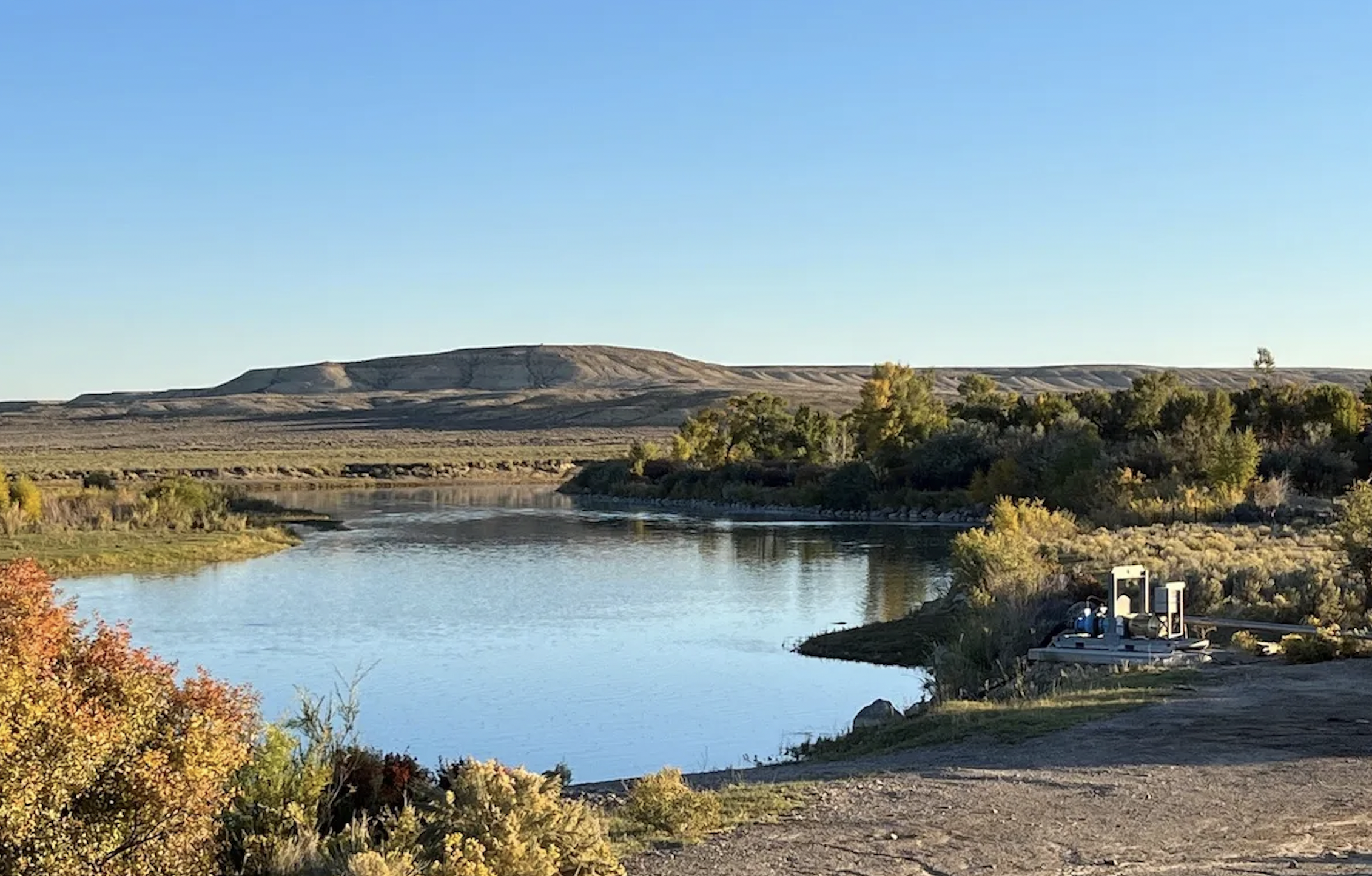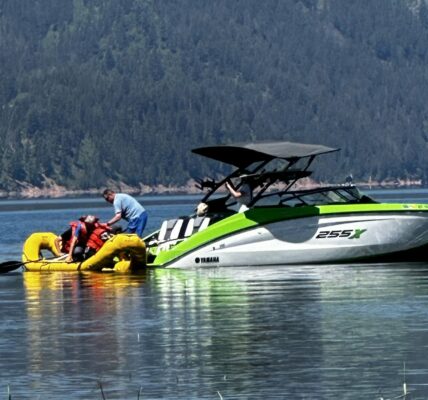
By Dustin Bleizeffer, WyoFile.com
Hopes to forge a plan to reduce Colorado River Basin water use by 15% to 25% this year disintegrated this week with dueling proposals that pit California against Arizona and other basin states, including Wyoming.
That leaves the U.S. Department of the Interior and Bureau of Reclamation, which issued the water-savings challenge in June 2022, to potentially impose their own plan to cut releases from Lake Powell and Lake Mead to maintain hydropower generation.
“Given the magnitude of water-use reductions that are being considered, talks between the Basin States have been very difficult at times,” Wyoming State Engineer Brandon Gebhart said in an email to WyoFile.
Responding to a Jan. 31 deadline, Wyoming joined fellow Upper Colorado River Basin states — as well as Nevada and Arizona in the Lower Basin — in supporting a proposed “consensus-based” model for better accounting of actual water supplies, including water losses due to evaporation and seepage at Lake Mead. That framework, if implemented, should result in a water savings of 1.5 million acre-feet to 3.3 million acre-feet of water, according to a letter signed by water officials representing the six states.
But those proposed water savings may not be fully realized this year. Plus, the six-state proposal leaves open the prospect for major water cuts this year to the Lower Basin states, particularly California — the largest consumer of Colorado River water in the system. California countered this week with its own proposal for short-term water savings that would maintain the state’s bargaining power rooted in its senior water rights. That plan would shift the burden of water cuts to Arizona, which has water rights that are junior to California’s.
“I think that’s why Arizona was quick to jump on the letter with the other six states,” Great Basin Water Network Executive Director Kyle Roerink said.
Arizona prefers the consensus-building approach to sharing the pain of water-use reductions, Roerink said, over a strict adherence to the legal framework to restrict water use among those with the most junior water rights.
“In both letters, you have some serious shots across the bow as it relates to litigation and political posturing,” Roerink said. “And no one is calling on the Congress to fix this.”
Although the six-state proposal that Wyoming signed on to doesn’t commit specific, voluntary water-use reductions, it’s a necessary “next step toward a consensus solution,” Gebhart said.
“As we continue the process, we try to understand and respect the very difficult realities being faced by California and the other Basin States,” he said. “We remain committed to working with the other Basin States and impacted water users to find consensus solutions.”
Despite varying legal positions and dire circumstances faced by each Colorado River stakeholder, some observers say Wyoming and the other Upper Basin states have offered up too little to help address the immediate problem that threatens some 40 million people who rely on the river.
“The Upper Basin is getting off scot-free,” Roerink said. “Plus, there’s no prohibitions put forth on potentially new development of Upper Basin water, like the West Fork of Battle Creek, for example.”
Regardless of what new actions the federal government may take in coming months, the Bureau of Reclamation will continue to rely on releasing extra volumes of water from Flaming Gorge Reservoir on the Wyoming-Utah border to help balance levels at downstream reservoirs, according to those close to the issue.
The bureau enacted extra releases totaling 625,000 acre-feet of water from the reservoir since 2021, and is expected to announce additional releases in April or May. Flaming Gorge was at 69% capacity in January, according to the bureau. If that continues into the summer, many boat ramps will be left high and dry threatening the local recreation economy.
Meantime, Wyoming and the Upper Colorado River Commission are encouraging voluntary water conservation, soliciting interest in a program that pays irrigators, municipalities and industrial facilities to leave water in streams that flow to the Colorado River.
This week, the UCRC extended the application deadline for the System Conservation Pilot Program to March 1. Wyoming officials expect to receive 15 to 20 proposals from individual water users in coming weeks, according to the state engineer’s office.
For more information about the SCPP, visit the UCRC’s website.





